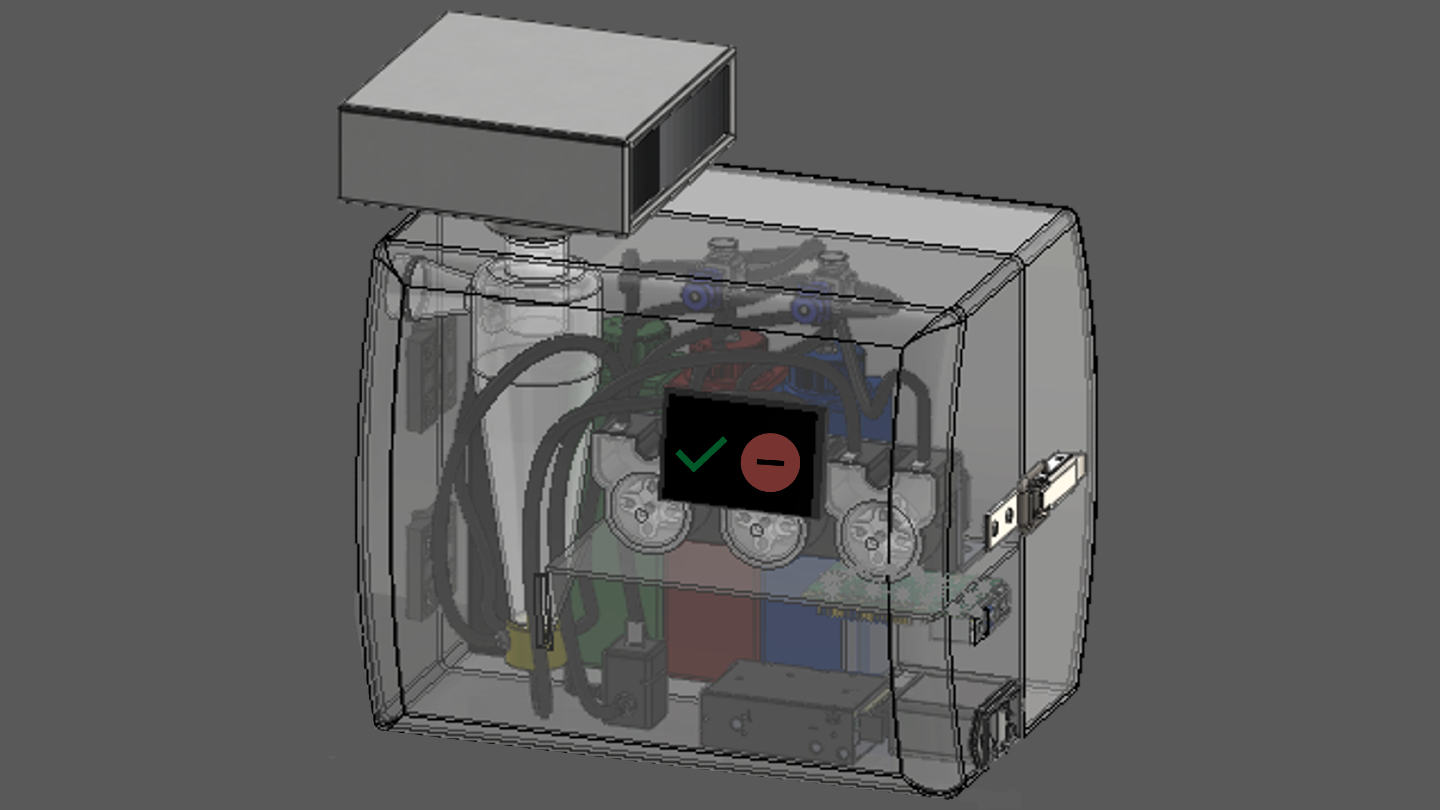If you’ve ever thought it would be great to walk into a room and know whether the virus that causes COVID-19 is hanging around, scientists have a device for you. Researchers have created a machine a little bigger than a toaster that can detect airborne SARS-CoV-2 coronavirus in minutes.
One of the main challenges when sampling airborne viruses is collecting enough air to concentrate viral particles at detectable levels. Previous attempts have sucked in between 2 and 8 liters of air per minute. This detector pulls in 1,000 liters of air each minute.
To trap the virus, “we create an artificial cyclone inside of the sampler,” Chakrabarty says, by swirling liquid at high speed. Viruses get trapped in the wall of the cyclone and concentrated for analysis. Any viruses not captured in the liquid get filtered out of the air with a HEPA filter attached to the device. After five minutes of collection, the liquid is pumped to a biosensor.
The biosensor consists of an electrode attached to a llama nanobody, a specialized immune system protein made by llamas and their relatives that fights infections much the way antibodies do but is smaller and perhaps tougher than human antibodies (SN: 9/14/20). The nanobody grabs any passing coronavirus by its spike protein. Electricity passing through the nanobody and spike protein causes tyrosine amino acids in the spike protein to oxidize, or lose electrons. Another device attached to the electrode detects that oxidation as a change in voltage, signaling that SARS-CoV-2 is in the air.
2023-07-16 06:00:00
Article from www.sciencenews.org
